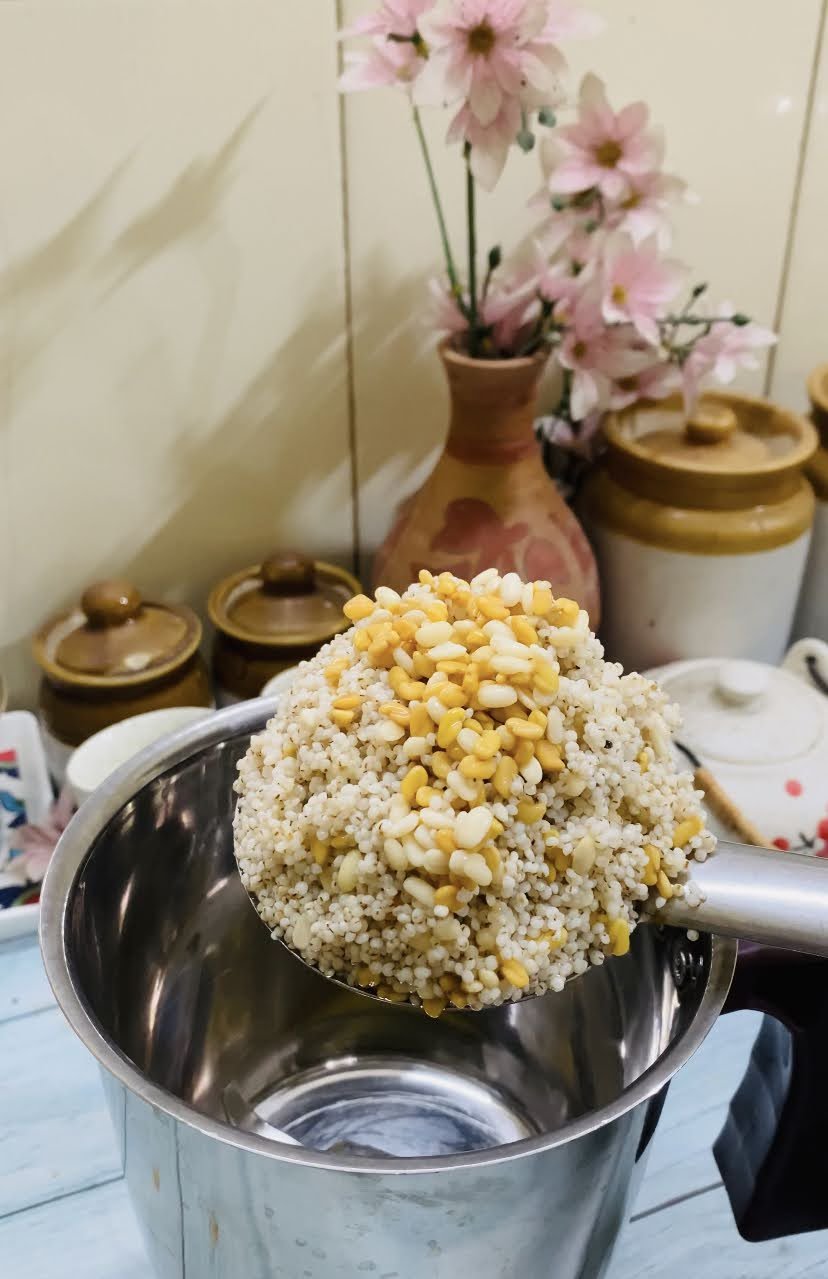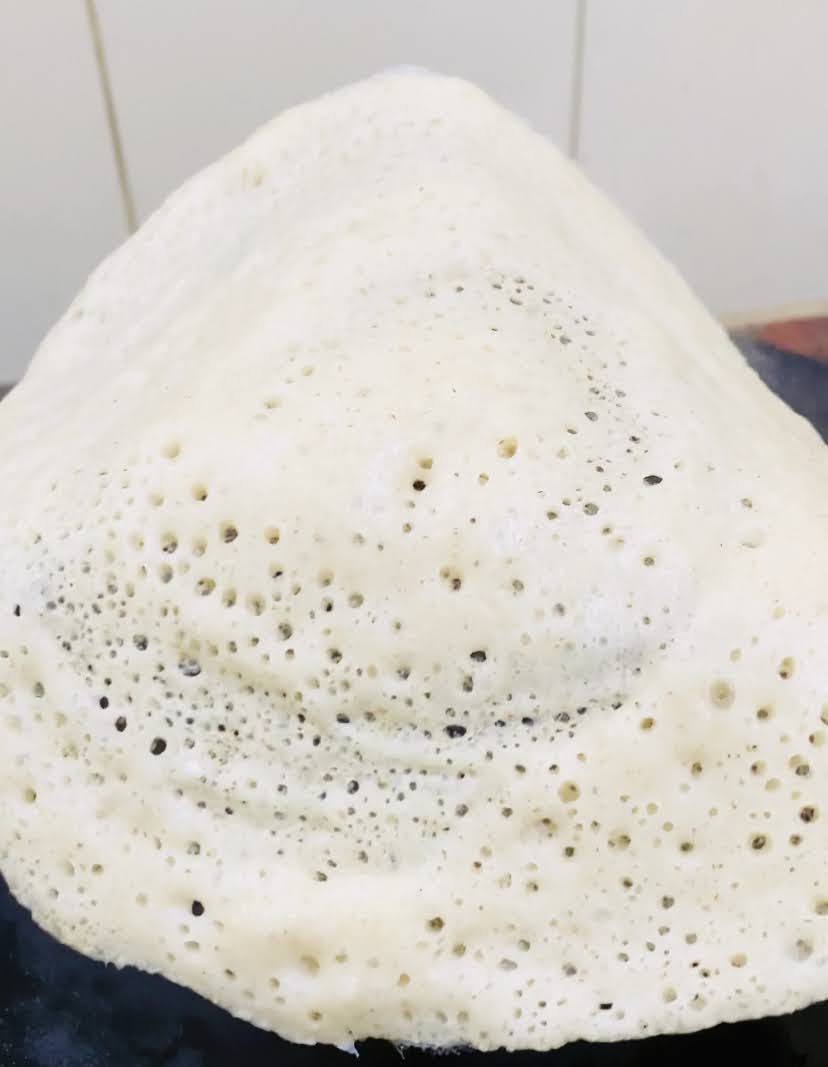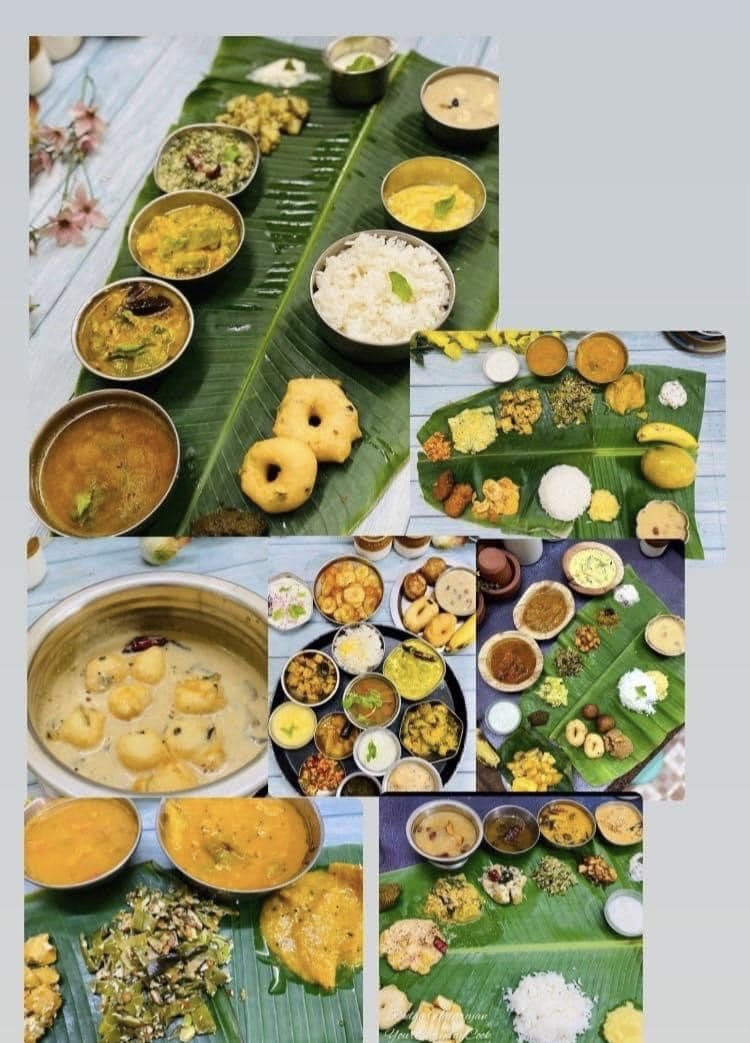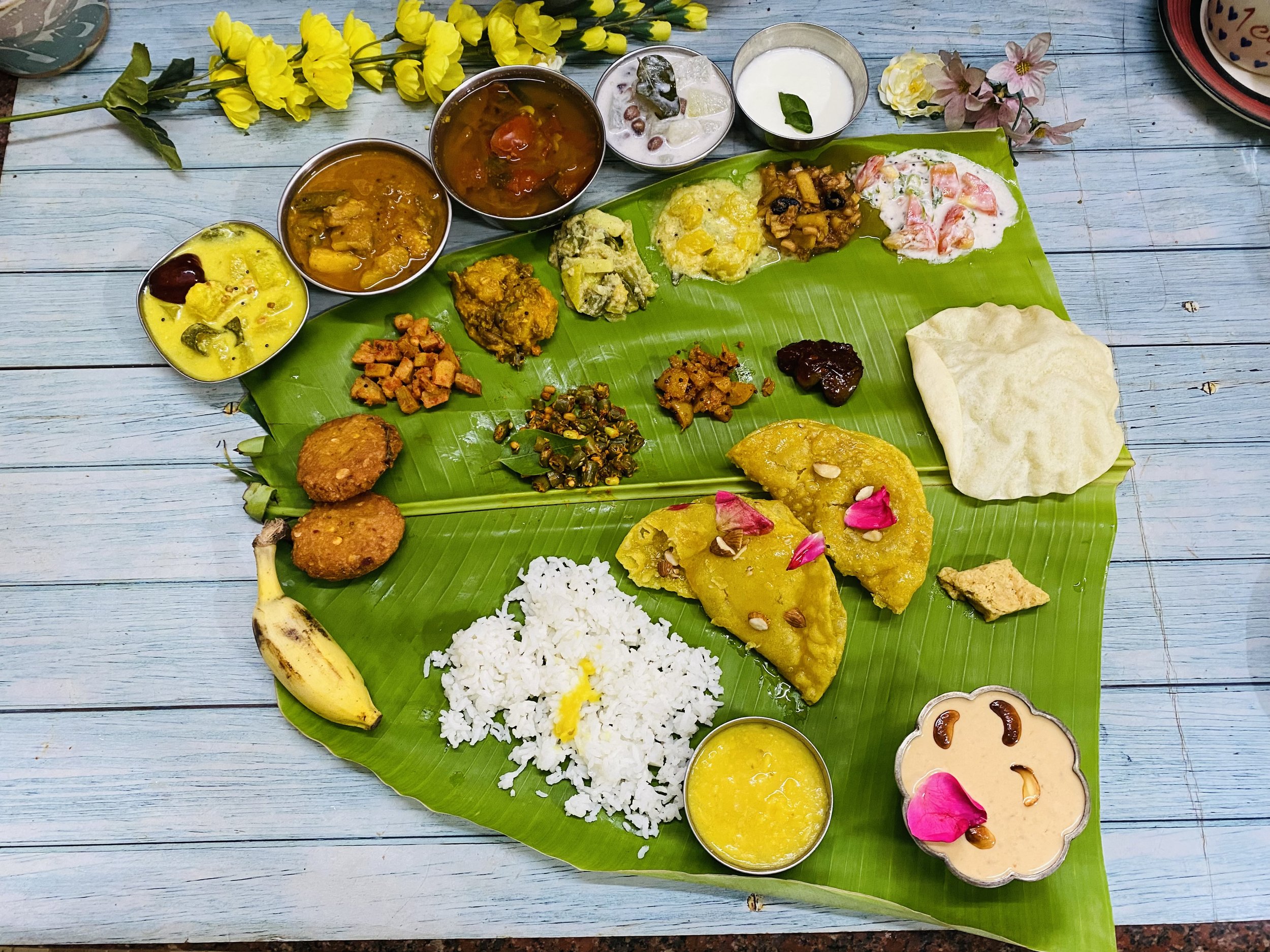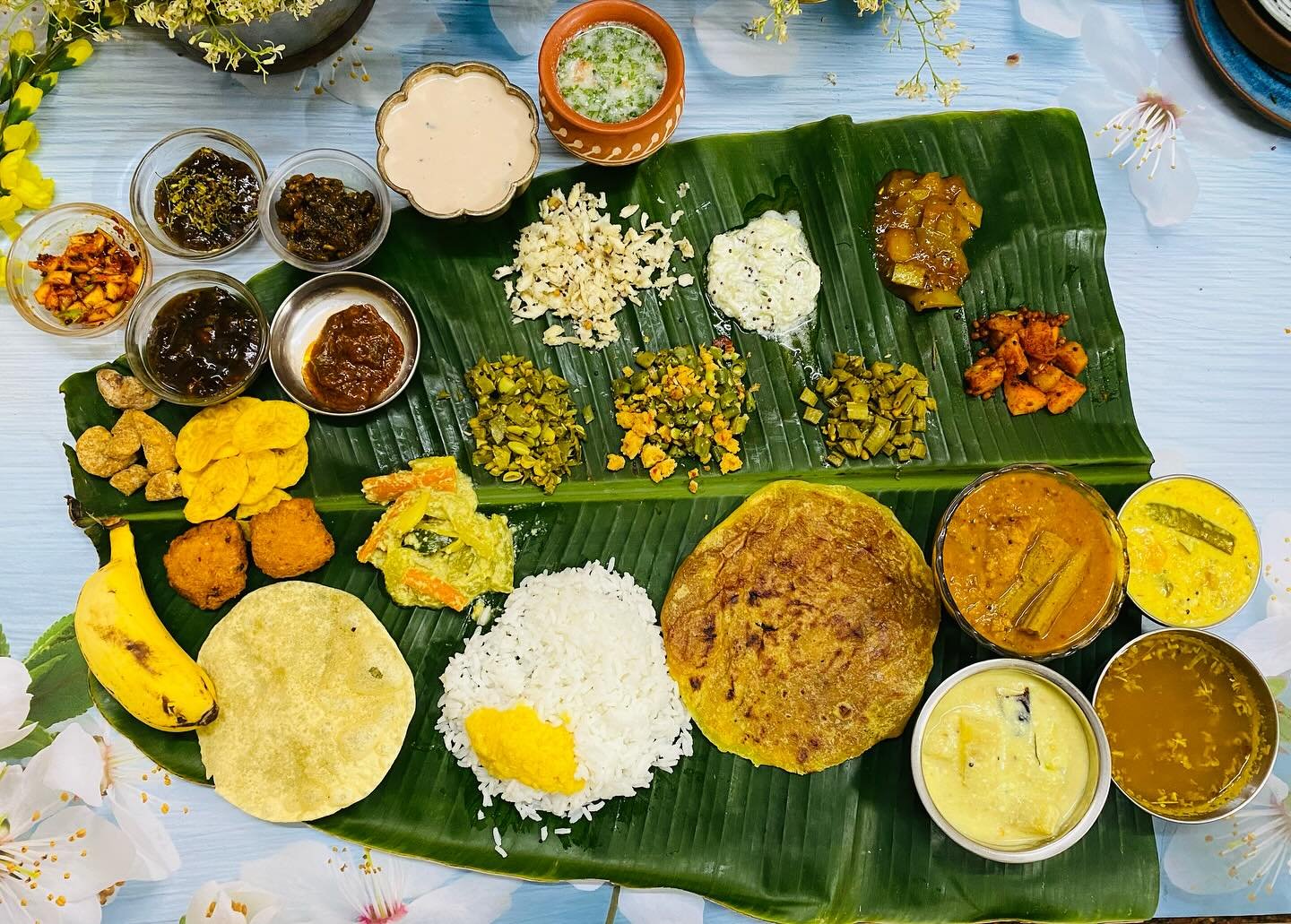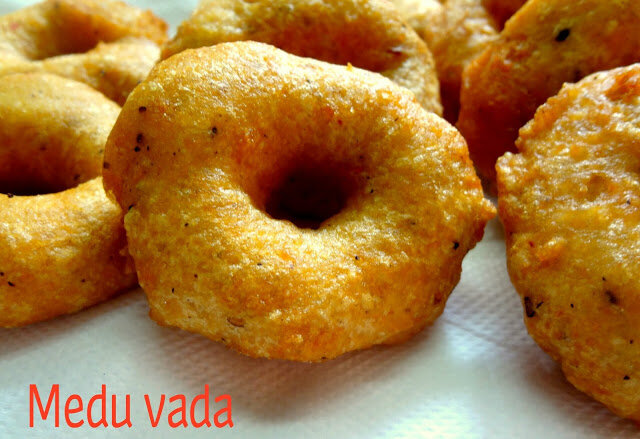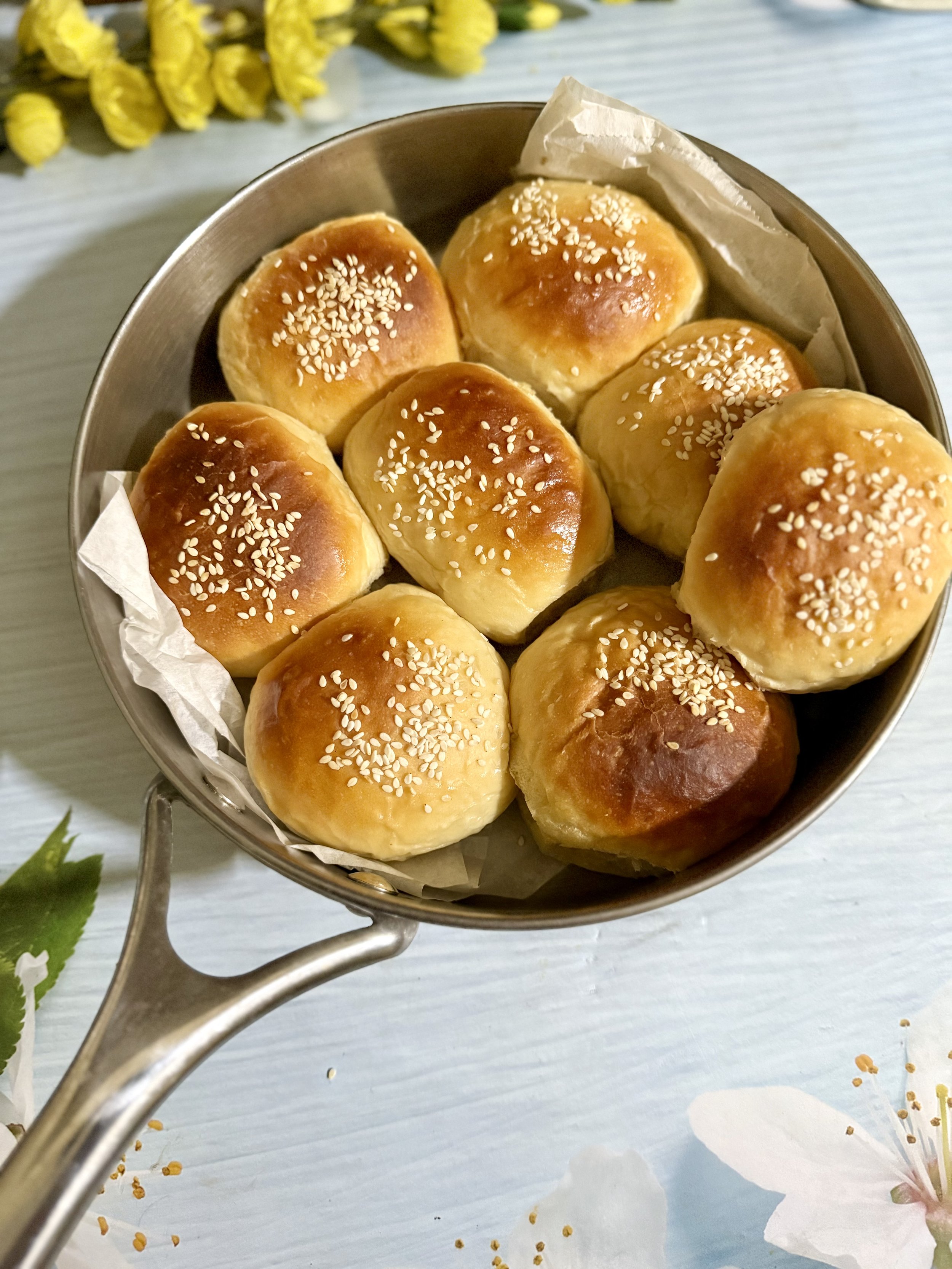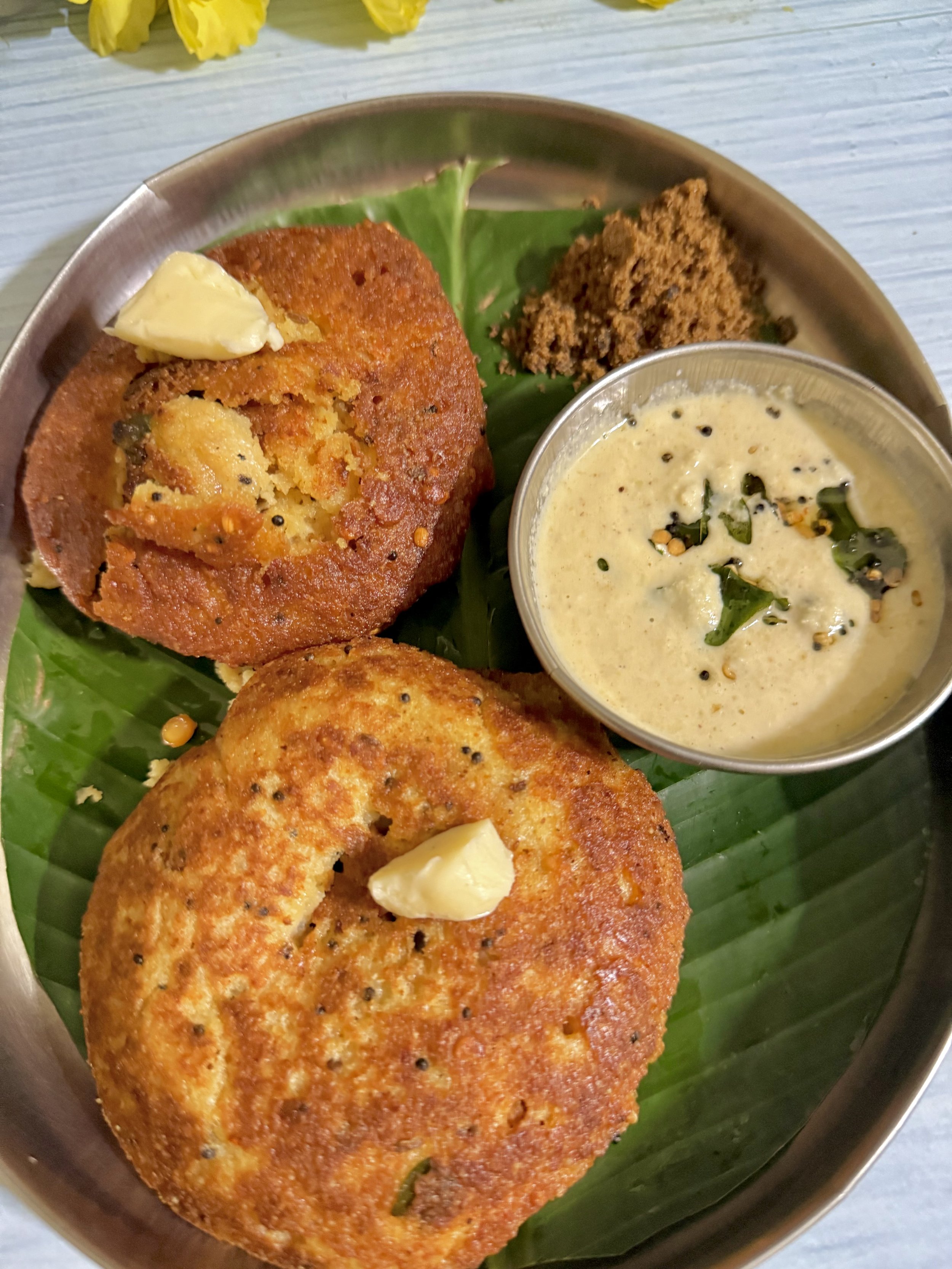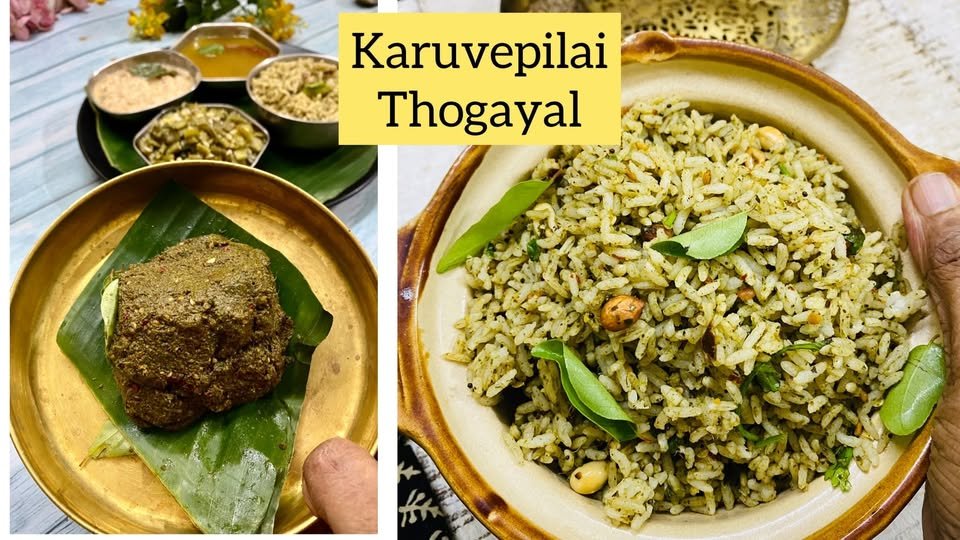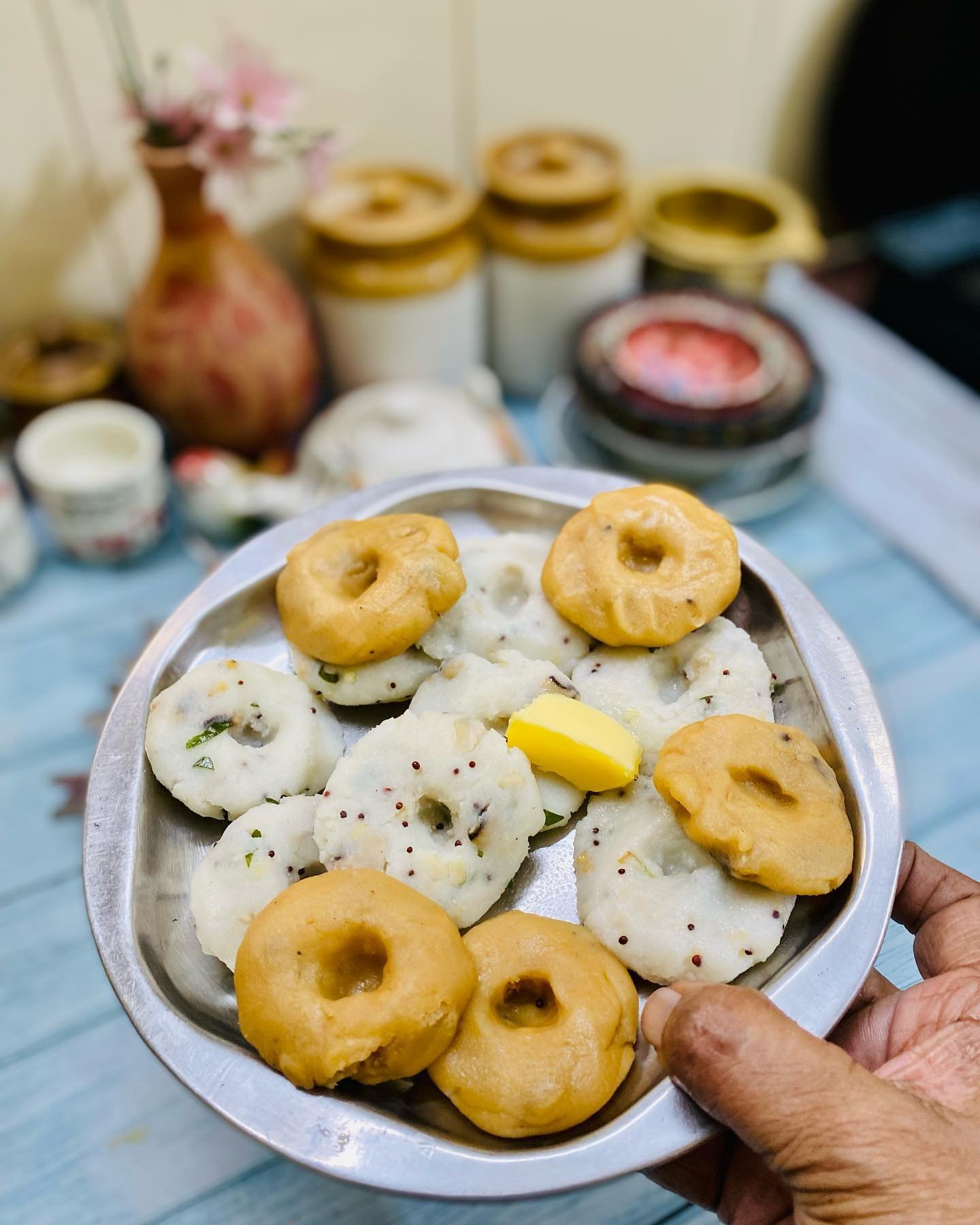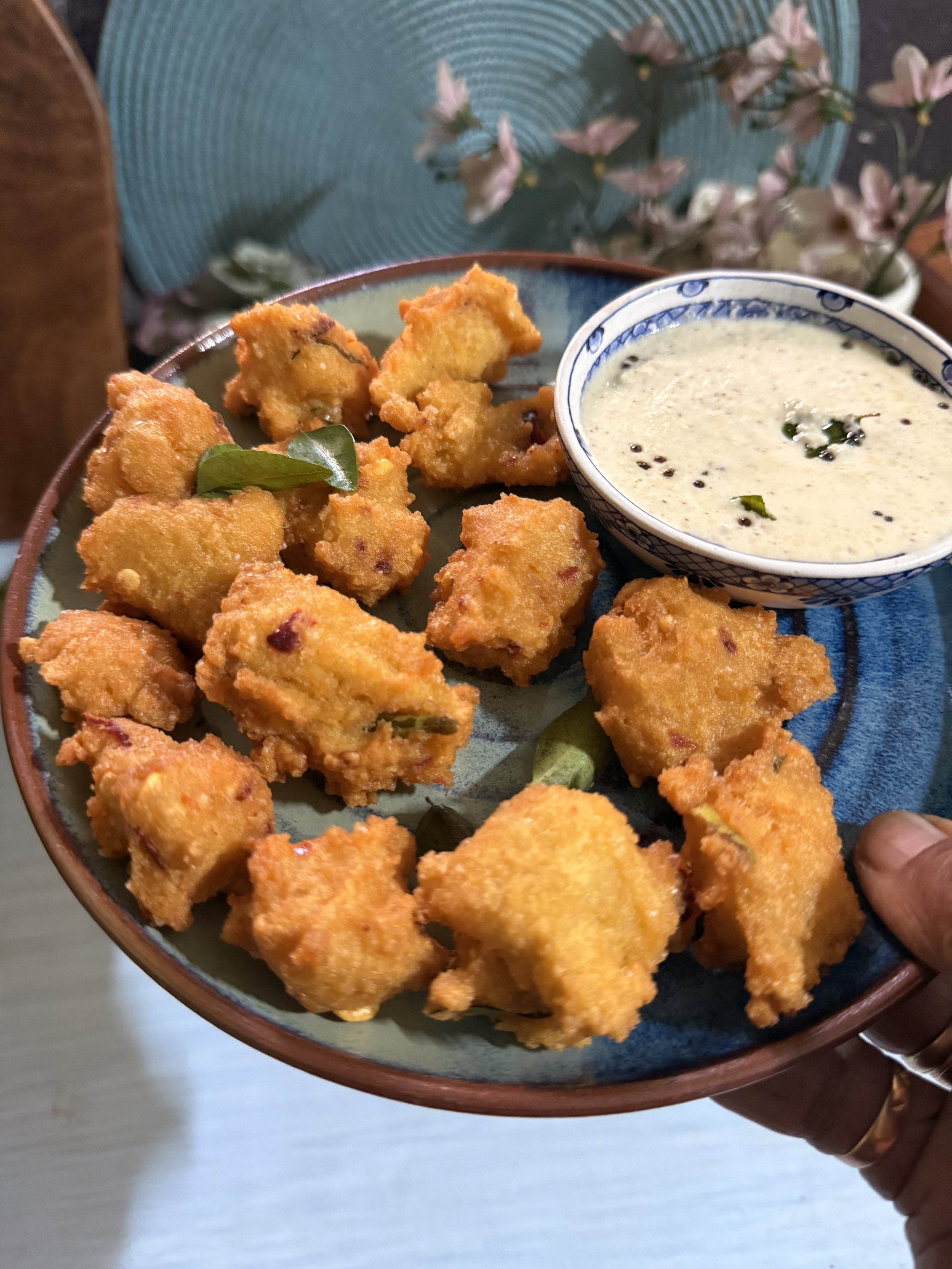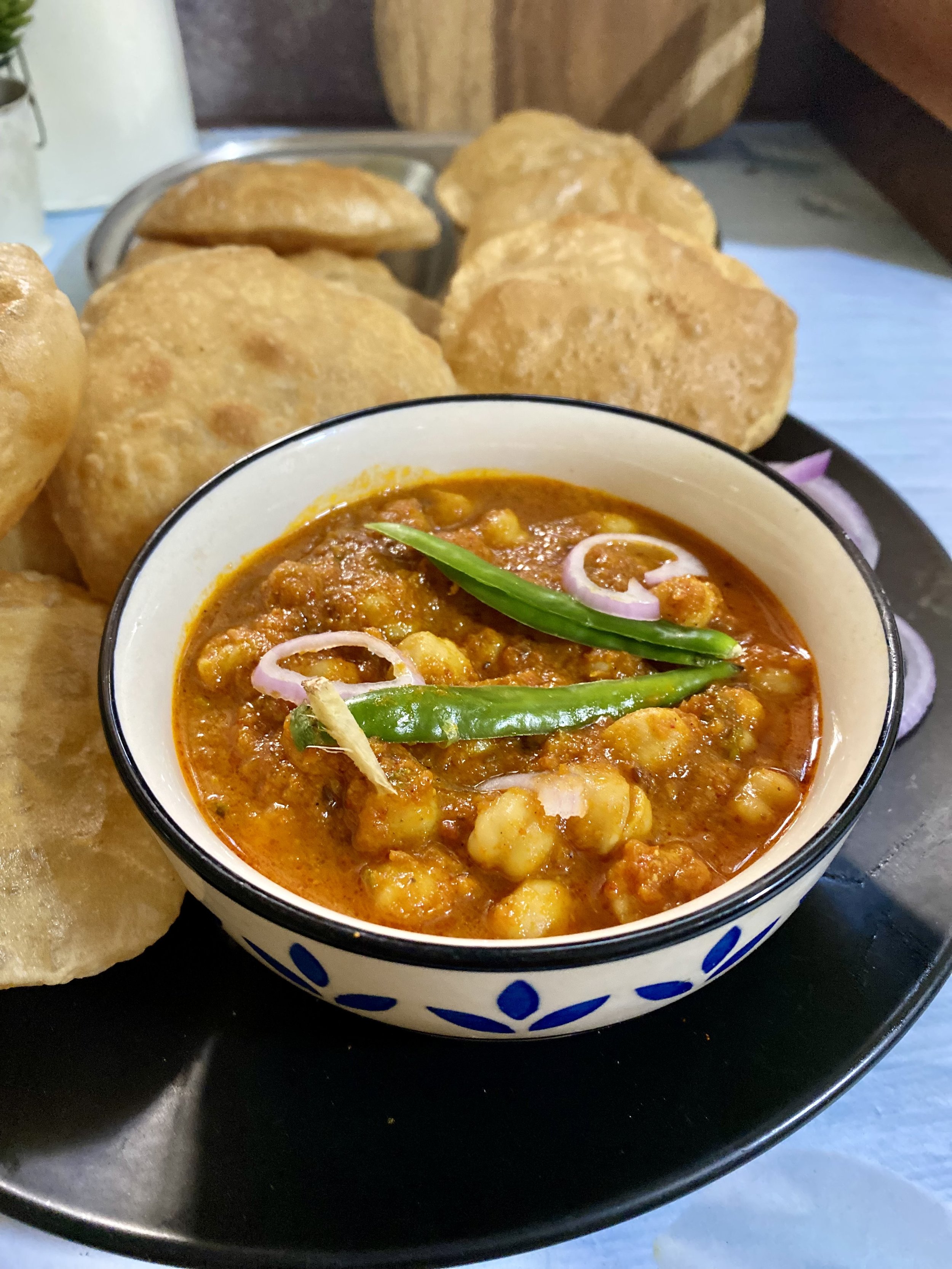Millet methi dosa
Millet methi dosa
Millets not only offer delicious flavors but also stand out for their exceptional health benefits, boasting a superior nutritional profile compared to most grains. Often recommended by healthcare professionals for individuals managing diabetes, hypertension, or aiming for weight control by reducing carbohydrate intake, millets are gluten-free and packed with antioxidants, contributing to the alleviation of various ailments. Explore my blog for a variety of millet options and discover easy-to-cook, healthy recipes suitable for all age groups.
The combination of millets and fenugreek creates an unbeatably healthy mix, yielding delectable, soft, porous dosas that are a delight for dosa enthusiasts. The enticing aroma of ground fenugreek seeds combined with the dosa's incredible softness makes it an irresistible treat. For those who are die-hard dosa fanatics, delve into more varieties like this wholesome and nutritious Millet Methi Dosa on my blog.
Ingredients
2 cups kodo millets or any other millet
2 tbsp methi seeds
Wash and soak overnight preferably as millets need long hours of soaking for enhanced nutrients .
Method
wash many times, as millets need good washing to remove the dusty look .wash and soak methi seeds also and keep soaked with millets , grind them both after sokaing overnight or for 8 hours, to a smooth thick batter .
Keep for fermentation , add salt after batter has fermented well , dilute if needed , prepare soft sponge dosas or thin dosas .
these dosas will also not need oil as they come off easily from the dosa tava . However you can add sesame oil for flavour and aroma .
serve with any preferred accompaniment .
Note : Usually in methi dosas some udad dal is also added to prepare dosas , I skip it as I like the spongy dosas texture, adding udad dal will give it a more regular dosa like texture. It is okay to add or skip, your choice .
Millet methi dosa
Millet methi dosa
Some of the millets I frquently use .
Easily available millets
Check out the video below for another variation of millets and methi dosa
Benefits of millets
Millets in general are beneficial to all .
Millets are best food to dibetic pationts.
All millets contains rich in fibre glucose will not mix quickly in the blood streem.
Millets are rich in protein when compared with sereals.
Millets are rich in minarals. ...
Rich in antioxidants.
Rich in vitamins.
Health benefits include:
Millet is rich in phenolic compounds, especially ferulic acid and catechins. Ferulic acid is a free radical scavenger, is antioxidant that inhibits melanogenesis, enhances angiogenesis, and accelerates wound healing.
The polyphenols and dietary fiber of finger millet show antimutagenic, anti glycemic, and antioxidative properties. This helps to control blood sugar levels.
They are gluten-free and are advised for people with celiac disease.
Before consuming millet it is advised to soak it overnight. This reduces its antinutrient content. It is available in both grain and flour form, which can be used in various dishes.
Less calorie count:
When trying to lose weight milets are viable a choice to a healthy weight reduction, as their calorie count is very low. Even for the people who are calorie conscious and trying to eat in a manner, that will help them maintain their energy levels throughout the day without constantly feeling famished.
Improves immunity:
Weaker immunity can and will be fatal. The weaker the immune system, the more you are inclined towards experiencing health issues time and again. This is due to the serious deficit of protein in the system. Adding millets to your diet on a regular basis will help your body gain back all the protein, that your system was short on.
Satiates Hunger:
Many carbohydrates such as rice and wheat are easy to breakdown once consumed, leaving a person hungry within few hours of their meal. This makes people resort to unhealthy eateries to satiate their hunger. Millets have harder structures and does not breakdown easily in the digestive system, keeping you far enough away from unhealthy eating habits.
Reduces Sugar-levels :
Due to its low glycemic index, millets are an ideal food to consume to preempt diabetes from ever occurring in non-diabetic people. It especially aids in keeping type-2 diabetes under control.
Aids heart problems:
Millets contain essential fats, just the right amount to give our body natural fat. This helps prevent excess fat from depositing over muscles which and avoid high cholesterol, heart strokes, and other heart related disease. Millets are the immediate best alternatives to replace with their unhealthy peers, reducing the risk of cardiovascular diseases by a good measure.
Millet are the only grains that contain all the vital nutrients. From proteins to minerals to vitamins, millets have it all. Millets helps you switch to a lifestyle that’s healthy and long lasting.
Benefits of Kodo millets
Kodo millets is Known as Varagu in Tamil, Haraka in Kannada, Kodra in Hindi, Arikelu in Telugu, kodo millets are storehouse of nutrients.
Low glycemic index – Which means that Kodo millets release glucose/energy slowly, over a longer period of time and thus helps in sugar control. This makes it a great substitute for polished white rice
Gluten-free – Great for people with gluten intolerance or celiac disease.
Easy to digest
Rich in antioxidants like polyphenols
Rich in dietary fiber.
Good source of vitamins – Vitamin B6, Niacin, folic acid and minerals such as calcium, iron, magnesium and zinc
Regular consumption of Kodo millet is very beneficial for postmenopausal women suffering from signs of cardiovascular diseases like high blood pressure and high-cholesterol levels
In one study, people with type 2 diabetes who ate a special diet with added foxtail millet lowered their blood sugar, insulin, cholesterol, and triglyceride levels. Another study found that switching from rice to foxtail millet at breakfast led to lower blood sugar levels after the meal.
List of Traditional Millets and its Health Benefits
Pearl Millet: Good for Insomnia. ...
Kodo Millet: Good for Diabetics. ...
Foxtail Millet: Good for Thyroid. ...
Sorghum: Improves Digestive Health and Prevents Cancer. ...
Barnyard Millet: Good for Weight Loss. ...
Little Millet: An Indispensable Good Fat. ...
Proso Millet: Balance Blood Sugar.
Little Millets / sama
You can try same recipe with little millets too .
Millet is a delicious grain that can accompany many types of food.
As with most grains, millet is available in markets throughout the year. Millet is tiny in size and round in shape and can be white, gray, yellow or red.
The most widely available form of millet found in stores is the hulled variety. Millets include jowar (great millet), ragi (finger millet), korra (foxtail millet), arke (kodo millet) and sama (little millet).
All these are available in the form of rice (example: foxtail millet rice), rawa (example: jowar and bajra rawa)
Benefits of Little millets , also called as Samai in Tamil , or kutki in Hindi.. Like other varieties of millets , Little millets are also packed with nutrition and has host of excellent antioxidant properties.
Helps reduces risk of type 2.diabetes,
Reduces risk of cardio vascular problems like heart attacks, has nearly 6.5 percent fibre and twice the amount of iron than wheat .
Rich in phyto chemicals, reduces cholestyerols, aids in digestion , lesser carbs than rice or wheat , and an abundance of thiamine . breast cancer, childhood asthma risks are greatly reduced.
With rich sources of B vitamins, minerals like calcium, iron , zinc, potassium among others. the most significant benefit is the presence of important fats in the grain the good kind that aids in weight loss.
So little millets should be your best bet if on a conscious weight loss regimen. Almost all other varieties of millets have similar nutritional profiles so you can choose the millet for a recipe, keep trying other varieties too .



